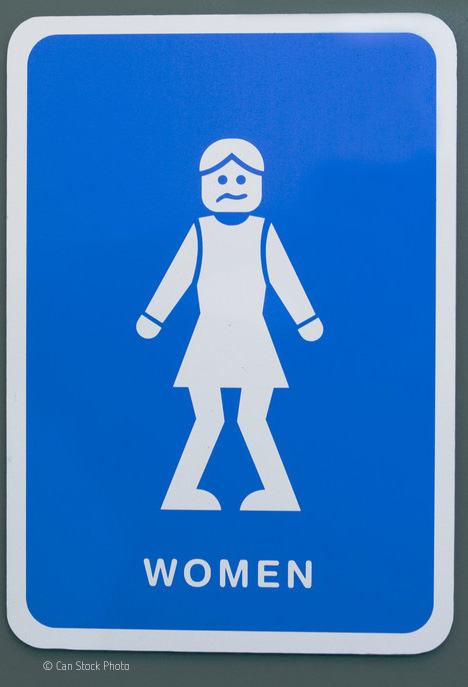Pelvic floor muscle exercises to help pregnant women
For many women, accidental leaking of urine is a real and embarrassing issue. It can affect women during pregnancy with the weight of the growing baby pressing on the bladder. Stress incontinence is a short term issue that can be improved with pelvic floor muscles. If the problem persists, women can manage the problem with HARTMANN’S incontinence pads.

Pregnancy should be a time of wonder and awe. The amazing ability of the female body to nourish a growing foetus from a tiny, invisible-to-the-naked-eye egg to full grown baby is impressive.
During these nine months of pregnancy, a woman will undergo changes that she never thought possible. From a rush of hormones to the very real possibility of the need to manage stress incontinence with HARTMANN incontinence pads.
From making sure you get enough sleep, to preparing yourself emotionally and physically for the birth. Never will you receive so much advice, some well-meaning but old fashioned. Before you start any new regime during pregnancy, whether that is a new way of eating or performing pelvic floor muscle exercises, it is important you seek advice from your midwife or doctor.
What are Pelvic floor muscle exercises?
Pelvic floor muscle exercises are when the woman works and trains her pelvic floor muscle to be stronger. Pelvic floor muscle exercises are a clench and release exercise that helps to strengthen this important muscle.
For pregnant women, the growing weight of the baby on the bladder and urethra can create stress incontinence, defined as the involuntary leakage of urine. It can occur without warning, or when you cough, laugh or sneeze.
In most cases, it is a short term issue, a by-product of the pregnancy and growing baby. Easily managed with HARTMANN incontinence products, most women will not suffer from incontinence after pregnancy.
Training the pelvic floor muscle and making it stronger help to decrease the likelihood of stress incontinence, but can also be helpful in giving birth, as well as making sex more pleasurable too.
Finding your pelvic floor muscle
For many women, locating their pelvic floor muscle is something they have never done before. The best way to locate it and to feel the sensation of ‘clench and release’ is to stop your urine mid-flow.
At this point, we need to sound a small warning bell. At one time, women were advised that one way of improving bladder control was to clench and release during urination. Clinical experts now believe that this can contribute to urinary tract infections, known as UTIs.
This is where bacteria make it ways into the urethra and up into the bladder. This can be an uncomfortable condition, necessitating the use of antibiotics. Thus, you should only do this to locate the muscle – and nothing more.
The pelvic floor muscle exercises
Once you have located the pelvic floor muscle and are aware of the sensation, you now need to start the clench and release exercises.
Like all exercise and activity, it takes time to build the strength in the pelvic muscle and so you need to start slowly and build your resistance training.
- To start – clench and release ten times
You can do these exercises anywhere, whilst washing up, sitting at traffic lights, your desk or during the commercial break of your favourite soap. Make sure your bottom and abdomen are relaxed and then simply clench and release your pelvic floor muscle. Do this ten times.
- After a week
Perform these clench and release exercises at least once a day for a week. If you have done this, you will be ready to move on to clench-hold-release.
Clench your muscle, and now hold it for a maximum of three seconds, then release. Start with five cycles of this exercise, increasing it to 10 within a day or two.
Once you become more experienced with pelvic floor muscle exercises, and your pelvic floor muscle becomes stronger, you should be able to do three sets of these clench-hold-release exercises in a day. Perform one set in the morning, one set in the afternoon and one set of an evening.
Continue to do these not just throughout your pregnancy, but after birth too to help the pelvic muscle back into shape. A strong pelvic floor muscle will help to prevent instances of stress incontinence after birth too.
Managing stress incontinence during pregnancy with HARTMANN incontinence products
There are times, of course, where incontinence can be due to a UTI, an overactive bladder or other medical reasons. Pelvic floor muscle exercises can help in these circumstances too.
Many women find that incontinence products offer them discreet protection too, trapping both urine and smell into the pad.
Incontinence is an issue that many people find embarrassing. Purchasing high-quality incontinence products and accessories at a reasonable price can be difficult. HARTMANN Direct supply both private and commercial customers with a range of discreet pads and pants.








